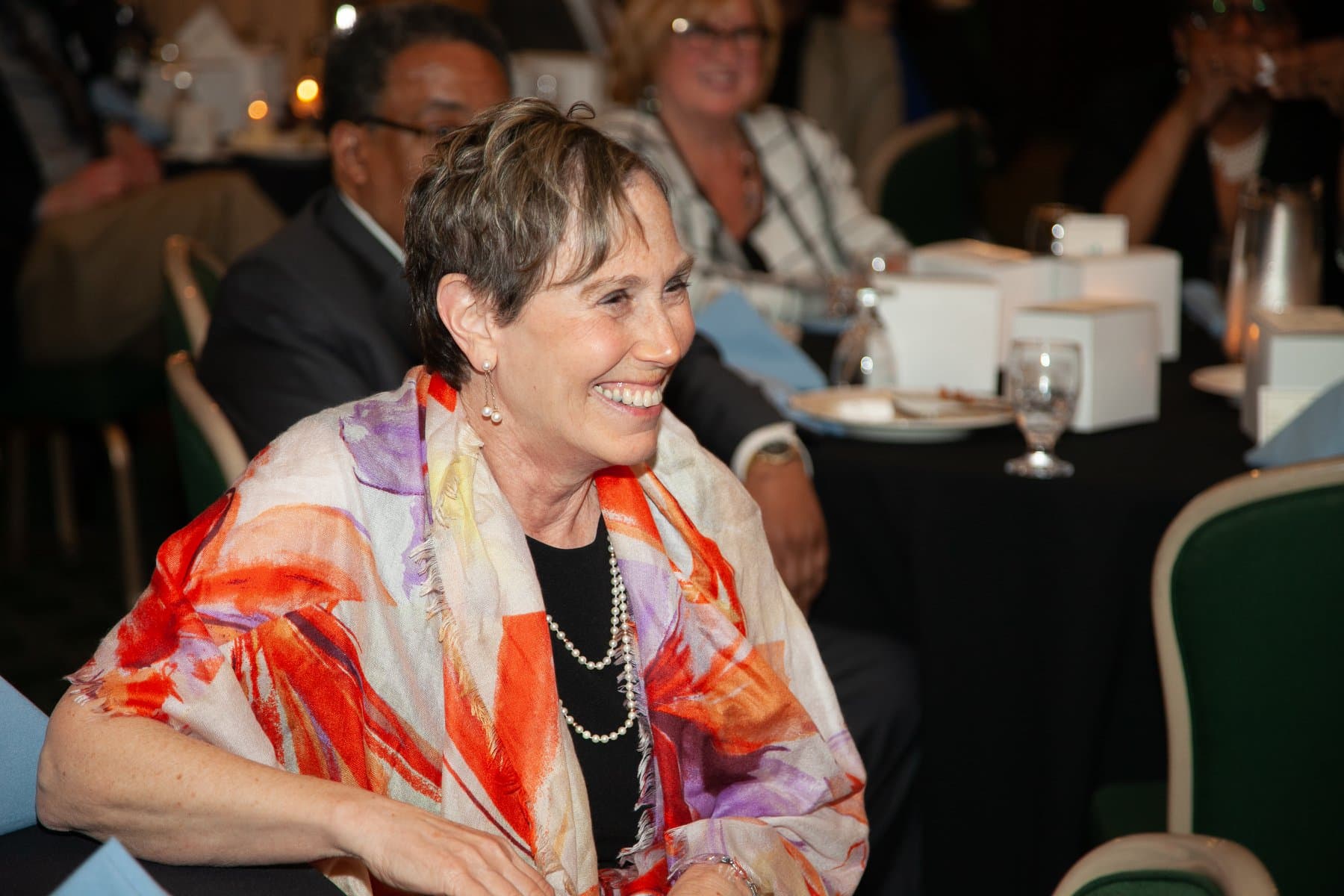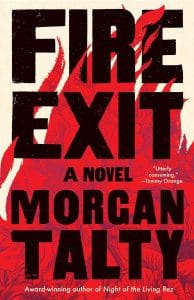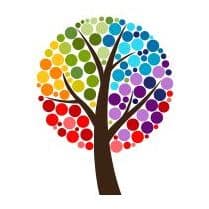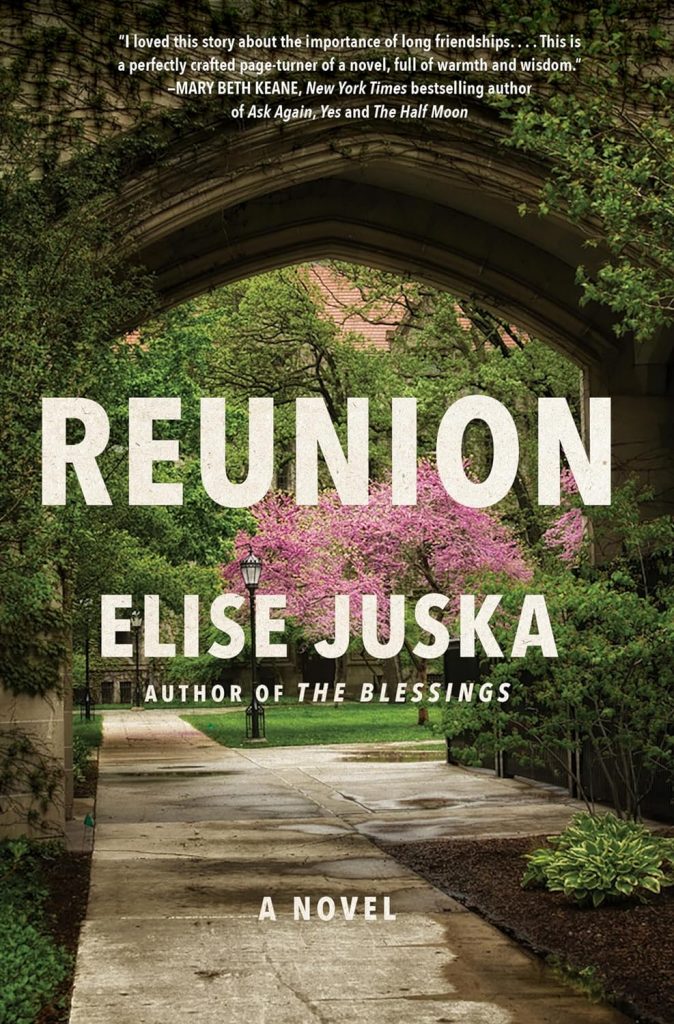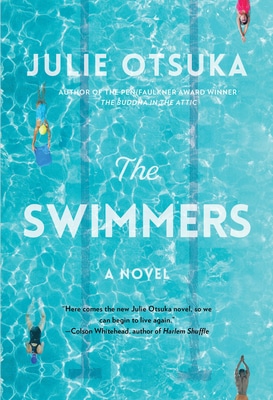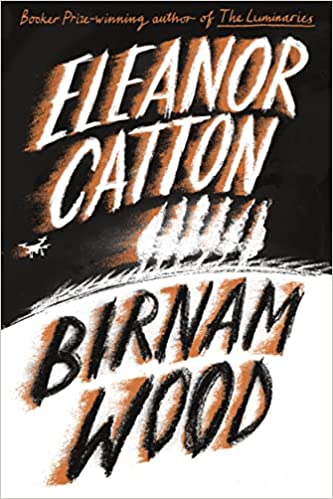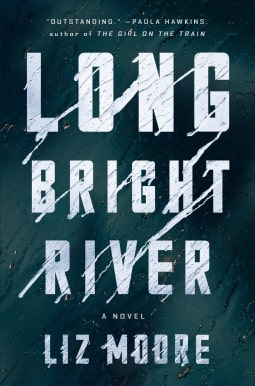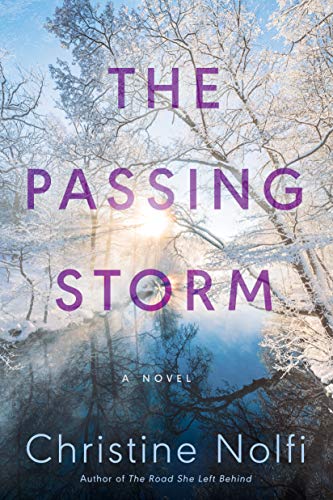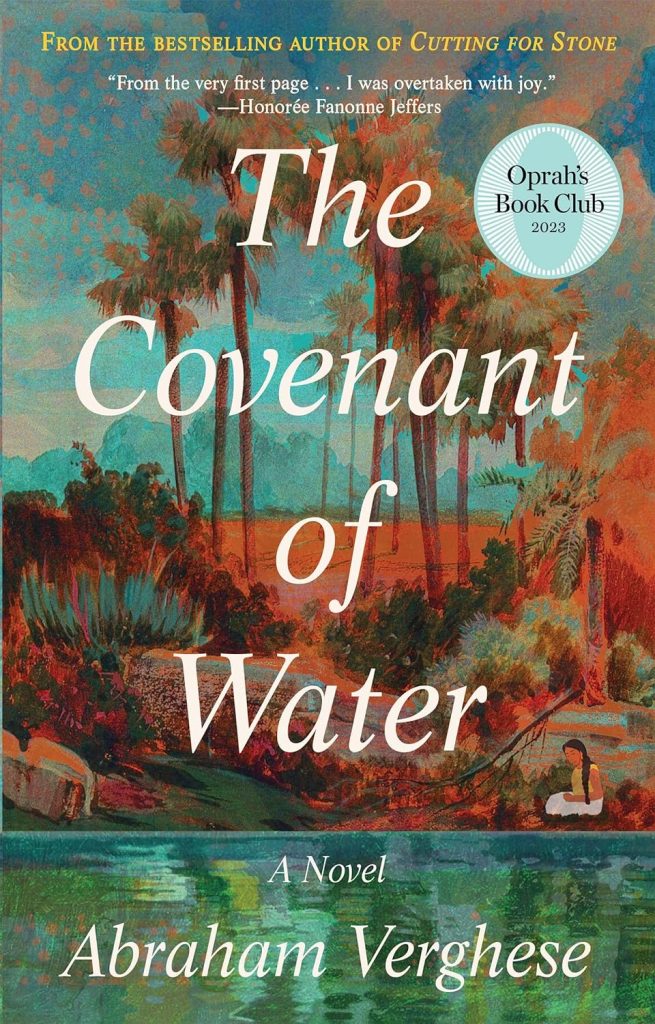A Journey Worth Taking
Estimated reading time: 6 minutes, 7 seconds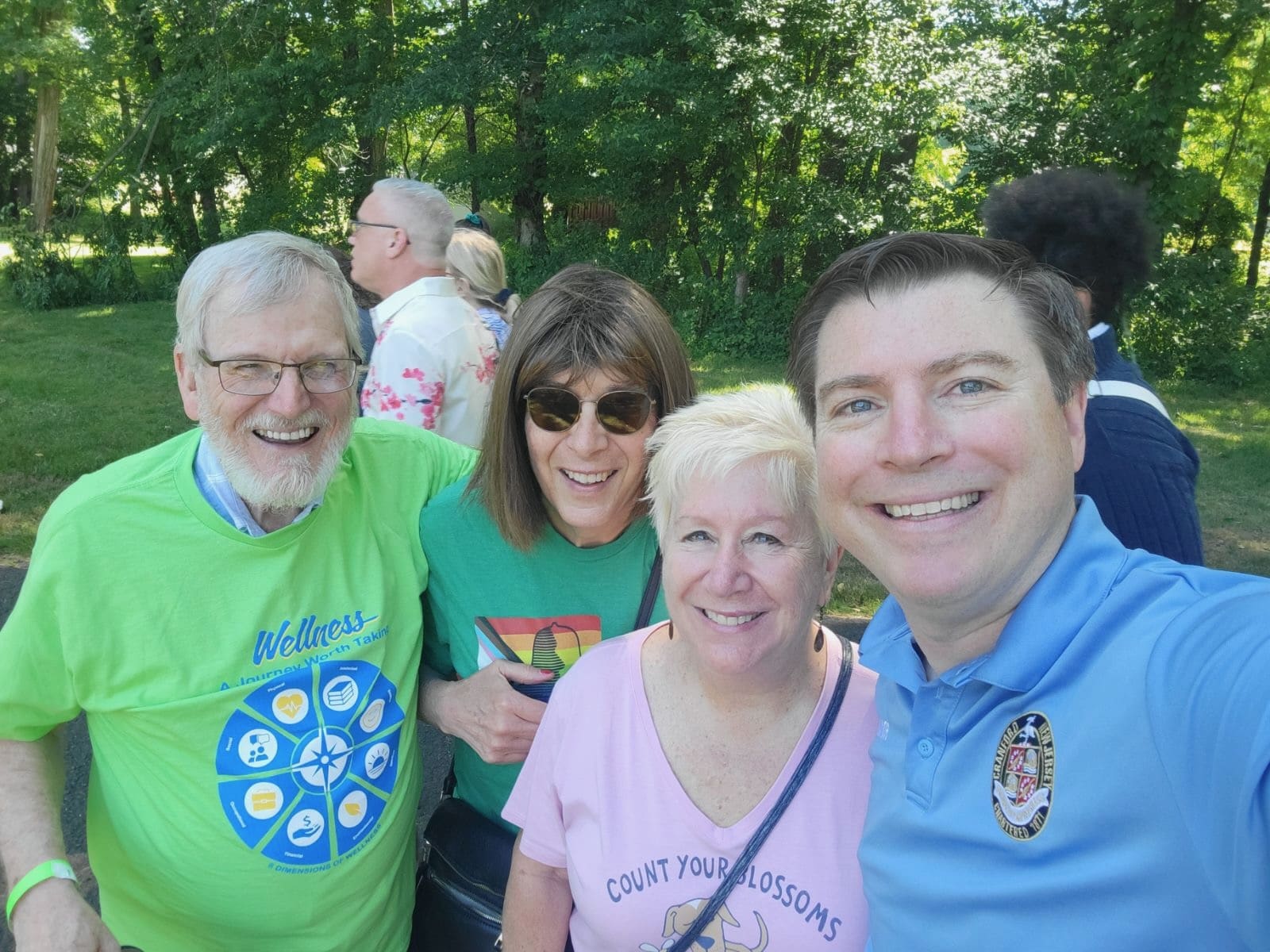
After Three Years
How Am I Doing?
On a significant note, I participated in the Passport to Wellness Walk this past Saturday, a community fundraising event sponsored by MHANJ. The message on my t-shirt, “Wellness—A Journey Worth Taking,” Resonated deeply. The compass symbol on the shirt, representing the essential elements of wellness, was a powerful reminder that we’re all on this journey together, striving for balance in physical, intellectual, emotional, spiritual, environmental, financial, occupational, and social aspects of life.
During the walk, I had the privilege of meeting Merrill, one of the organizers, and later had conversations with Bernie, Jo Ann, and Cranford Mayor Brian Andrews. Their unwavering support, along with that of my friends and neighbors, has been a cornerstone of strength for me during my journey through grief. Their presence and encouragement have made a significant difference in my wellness journey.
Reflecting on my wellness journey, I see myself as an ordinary person dealing with life’s ups and downs. However, I’ve come to understand the importance of self-assessment. This means looking back on my past actions, mainly how I’ve handled challenging situations, and finding areas where I can grow, such as managing my emotions better. I’ve also set new goals, like incorporating meditation into my daily routine. Through this process of self-assessment and growth, I’ve learned the value of self-acceptance and the profound, transformative power of setting new goals.
My Self Assessment
My daily routine involves walking distances that would have been unimaginable two decades ago. Every morning, I wake up to the sound of my alarm and prepare a light breakfast while catching up on the latest news from Siri’s morning update. I’ll soon undergo my yearly physical examination to confirm or rectify my assumptions about my physical well-being.
On the intellectual front, I’m excited to start my forty-ninth novel since the beginning of the year. Each essay I read from The Atlantic and The New Yorker challenges my mind. I’m constantly seeking new reading material and engaging in stimulating discussions about various ideas, although I need more. I’ve faced challenges maintaining focus and retaining information, but setting specific reading goals and discussing the material with others has helped me overcome these obstacles.
Emotionally, I shed fewer tears than before, but I’m still moved by both joyous occasions and moments of profound sorrow. Most significantly, I’ve come to terms with the loss of my wife, Jan, and have acknowledged that the path ahead is one I must walk alone, supported by my friends and family.
Spiritually, I attend Friday night services at Temple Sha’arey Shalom and observe Yahrzeits. Lately, I’ve been grappling with profound questions about faith and doubts about the existence of a higher power and the essence of life’s purpose. I’m also contemplating how to approach my life’s remaining days and nights, recognizing the divine gift of hearing, embracing, and venturing into the future. These questions and doubts have been a significant part of my spiritual journey, and I’m learning to embrace them as part of my growth.
Considering the environmental state of our planet, I’m deeply committed to preserving and safeguarding the environment. My involvement with the Hanson Park Conservancy and advocacy for policies to mitigate climate-related risks keep me acutely aware of the imminent dangers. I’ve taken actions such as reducing my carbon footprint and promoting sustainable practices in my community, contributing to environmental preservation, and improving my overall sense of purpose and well-being.
Financially, I initially grappled with insecurity following my wife’s passing, uncertain about how I’d manage without a steady job and with the loss of half of our family income. Despite these fears, my financial advisor has helped me grow accustomed to living comfortably within my means, even donating a more significant portion of my income than I ever thought possible. I’ve taken steps to manage my finances, such as creating a budget and seeking financial advice, improving my financial situation, and reducing my stress and overall wellness.
Occupationally, though I’m not employed, my volunteer work as the Chair of Bridges Board allows me to actively engage with issues central to my life’s work, particularly addressing the homelessness crisis and the acute shortage of affordable and supportive housing. This role has been a significant part of my occupational journey, and I’ve faced challenges such as managing my time effectively and balancing my responsibilities. I’ve used strategies such as setting clear goals and seeking support from my fellow board members to overcome these challenges.
On the social front, I’ve nurtured a larger circle of friends and acquaintances than ever before. Conversations with people make my walks to the train station more enjoyable, even prompting me to add extra time to my commute just to ensure I arrive well before the train departs. As some may know, I’ve discovered the capacity to love again, but I still long to be loved. I am grateful for my friends and family’s unwavering support and love. Their role in expanding my social circle and improving my overall well-being is immeasurable. Their presence in my life is a constant source of joy and strength.
My Unbiased Grade
I’m not a fan of grading on a curve; every individual’s performance should be evaluated fairly and honestly. Here’s how I would grade myself in various areas:
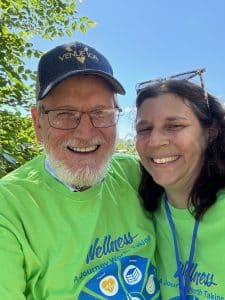
- Physical: I put a lot of effort into maintaining my exercise routine, but I know there’s always room for improvement. I’d give myself an A- in this category.
- Intellectual: I’m dedicated to reading and expanding my knowledge, but I need to work on sharing my ideas more actively. I’d also rate myself an A- here.
- Emotional: I’ve made significant progress in handling loss and grief, but I need to address feelings of loneliness more proactively. I’d give myself a B in this area.
- Spiritual: I’ve been attending religious services regularly, but I know there’s more to explore regarding my faith and life’s purpose. I’d rate myself a B in this category.
- Environmental: I’m conscious of my environmental impact and want to do even more for sustainability. I’d give myself a B here.
- Financial: I’ve been managing my finances well and am lucky to have stability in a strong market. I’d rate myself a solid B in this area.
- Occupational: I’m fully committed to my work and determined to enhance my leadership skills. I’d give myself a solid B here.
- Social: I’ve expanded my social circle, but know the importance of finding love and addressing concerns about living alone. I’d rate myself a B- in this category.
I consider myself a solid B overall, a significant improvement from where I was three years ago. I take immense pride in my progress while acknowledging that there is still a long way to go before I fully realize my potential. We have been blessed with the incredible gifts of hearing, embracing, and walking into the future. Our senses, bodies, and capacity for growth are among our most valuable strengths. I am dedicated to fearlessly approaching the future with determination, cherishing every moment, and striving to become the best version of myself.
The Jan Lilien Education Fund sponsors ongoing sustainability and environmental awareness programs. All donations are tax-deductible.

This work is licensed under a Creative Commons Attribution-NonCommercial 4.0 International License.
After almost 48 years, I recently lost my wife, Jan Lilien. Like The Little Prince, Jan and I believed that “The most beautiful things in the world cannot be seen or touched, they are felt with the heart.” This blog is a collection of my random thoughts on love, grief, life, and all things considered.
